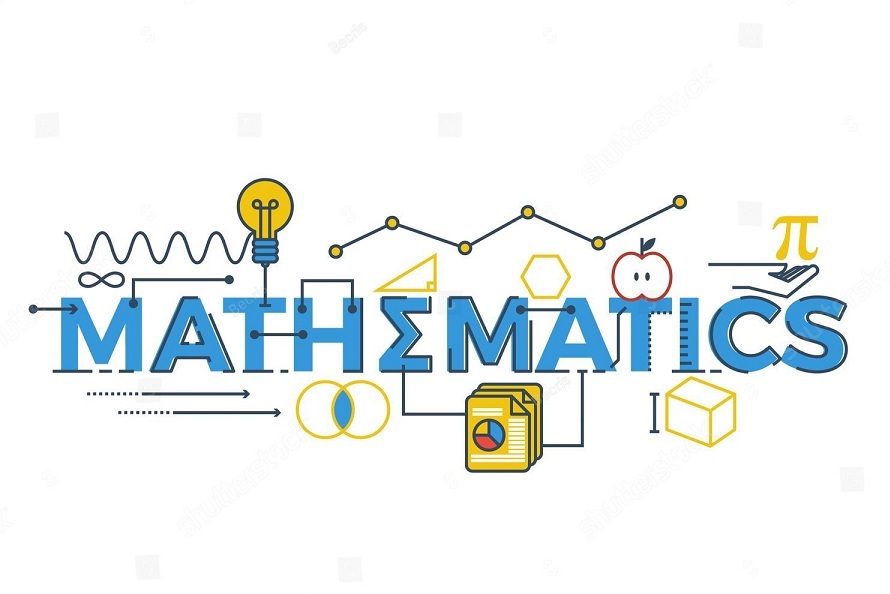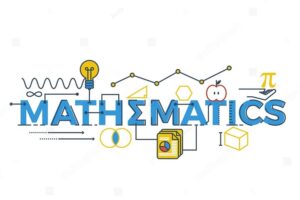Introduction
Mathematics, often regarded as the universal language, is deeply embedded in the fabric of human civilization. From the precise calculations of ancient architects to the intricate algorithms powering modern technology, mathematics has shaped human progress in profound ways. But who were the masterminds behind this abstract yet omnipresent discipline? Join us on a journey through the secret history of math, as we uncover the origins and innovators that paved the way for its evolution. In this exploration, we’ll delve into the enigmatic origins of math and examine how BandLab Education is revolutionizing math education for the next generation.
The Enigma of Mathematical Origins
The question of who invented maths is as old as the discipline itself. While it’s impossible to pinpoint a single individual or civilization responsible for its inception, evidence suggests that math emerged independently across various ancient cultures. From the mathematical prowess of the Mesopotamians to the geometric insights of the Egyptians, early civilizations developed rudimentary forms of arithmetic, geometry, and algebra to solve practical problems related to commerce, construction, and astronomy.
One of the earliest recorded instances of mathematical innovation dates back to ancient Mesopotamia, where clay tablets reveal sophisticated methods of arithmetic and geometry used for accounting and land surveying. Similarly, the ancient Egyptians demonstrated advanced mathematical knowledge through their architectural feats, such as the construction of the pyramids, which required precise measurements and geometric calculations.
The contributions of ancient Greek mathematicians, including Pythagoras, Euclid, and Archimedes, are also foundational to the development of math as we know it today. Pythagoras’ theorem, Euclidean geometry, and Archimedes’ principle are enduring legacies that continue to influence modern mathematical thinking.
However, it wasn’t until the Islamic Golden Age that mathematics experienced a renaissance of sorts, with scholars like Al-Khwarizmi and Omar Khayyam making significant advancements in algebra and geometry. Al-Khwarizmi’s treatise on algebra, *Al-Kitab al-Mukhtasar fi Hisab al-Jabr wal-Muqabala*, laid the groundwork for algebraic manipulation and problem-solving techniques still used today.
The Renaissance period in Europe witnessed a revival of mathematical inquiry, with luminaries such as Leonardo da Vinci, Nicolaus Copernicus, and Johannes Kepler pushing the boundaries of mathematical understanding. Da Vinci’s studies of proportion and perspective, Copernicus’ heliocentric model of the universe, and Kepler’s laws of planetary motion exemplify the interdisciplinary nature of mathematics and its intersection with art, science, and philosophy.
The Modern Era of Mathematics
As the world entered the modern era, mathematics became increasingly intertwined with technological advancements and scientific discoveries. The invention of calculus by Isaac Newton and Gottfried Wilhelm Leibniz revolutionized physics and engineering, providing a framework for understanding motion, change, and infinitesimal quantities.
The 19th and 20th centuries witnessed unprecedented progress in mathematics, fueled by the efforts of luminaries such as Carl Friedrich Gauss, Bernhard Riemann, and Emmy Noether. Gauss’s contributions to number theory and differential geometry, Riemann’s insights into the geometry of curved spaces, and Noether’s groundbreaking work in abstract algebra and theoretical physics exemplify the diverse range of mathematical inquiry during this period.
The advent of the digital age brought about a new era of mathematical innovation, with pioneers like Alan Turing, Claude Shannon, and John von Neumann laying the foundations of computer science and information theory. Turing’s seminal work on computability and artificial intelligence, Shannon’s theory of communication and cryptography, and von Neumann’s contributions to game theory and computer architecture have had a profound impact on modern society.
BandLab Education: Revolutionizing Math Learning for the Digital Age
In the 21st century, education technology (EdTech) platforms like BandLab Education are transforming the way students learn and engage with mathematics. By leveraging the power of digital tools and interactive resources, BandLab Education provides educators and students with innovative solutions for teaching and learning math in the classroom and beyond.
One of the key features of BandLab Education is its emphasis on hands-on, project-based learning, which allows students to explore mathematical concepts through creative expression and collaboration. Whether composing music using mathematical patterns and algorithms or analyzing data to create interactive visualizations, students can develop a deeper understanding of math in real-world contexts.
BandLab Education also offers a wide range of curriculum-aligned lessons and activities designed to support diverse learning styles and abilities. From interactive tutorials on algebra and geometry to coding challenges that integrate mathematical concepts with computer science, BandLab Education provides educators with the resources they need to create engaging and immersive learning experiences for their students.
Furthermore, BandLab Education fosters a sense of community and collaboration among educators and students, enabling them to share ideas, resources, and projects with one another. By creating a supportive online ecosystem for math education, BandLab Education empowers educators to inspire a new generation of mathematicians, problem solvers, and innovators.
Conclusion
The secret history of math is a testament to the enduring legacy of human curiosity, ingenuity, and collaboration. From the ancient civilizations of Mesopotamia and Egypt to the digital age of BandLab Education, mathematics continues to evolve and adapt to the changing needs of society. By tracing its origins and innovators, we gain a deeper appreciation for the profound impact that math has had on human civilization and the limitless possibilities it holds for the future.
Frequently Asked Questions
- What is the secret history of math?
The secret history of math refers to the lesser-known origins and evolution of mathematics, tracing its development from ancient civilizations to the modern era.
- Who invented mathematics?
Mathematics emerged independently across various ancient cultures such as Mesopotamia, Egypt, Greece, and India. It’s challenging to attribute its invention to a single individual or culture.
- What were some of the earliest mathematical achievements?
Early civilizations made significant mathematical advancements in areas such as arithmetic, geometry, algebra, and astronomy. Examples include the development of arithmetic methods for accounting in Mesopotamia and the geometric principles used in Egyptian architecture.
- Who were some of the influential mathematicians in ancient Greece?
Ancient Greek mathematicians like Pythagoras, Euclid, and Archimedes made enduring contributions to mathematics. Pythagoras is known for his theorem, Euclid for his work in geometry, and Archimedes for his principles in physics and engineering.
- How did mathematics flourish during the Islamic Golden Age?
Scholars like Al-Khwarizmi and Omar Khayyam made significant advancements in algebra and geometry during the Islamic Golden Age. Al-Khwarizmi’s work laid the foundation for algebraic manipulation, while Khayyam made contributions to algebra and geometry.
- What role did mathematics play during the Renaissance period?
The Renaissance saw a revival of mathematical inquiry in Europe, with figures like Leonardo da Vinci, Nicolaus Copernicus, and Johannes Kepler making groundbreaking discoveries. Da Vinci’s studies of proportion and perspective, Copernicus’ heliocentric model, and Kepler’s laws of planetary motion are notable achievements.
- How did mathematics contribute to the scientific revolution?
Mathematicians such as Isaac Newton and Gottfried Wilhelm Leibniz developed calculus, revolutionizing physics and engineering. Their mathematical frameworks provided a systematic way to understand motion, change, and infinitesimal quantities.
- Who were some influential mathematicians in the 19th and 20th centuries?
Carl Friedrich Gauss, Bernhard Riemann, and Emmy Noether were influential mathematicians during this period. Gauss made contributions to number theory and geometry, Riemann to differential geometry, and Noether to abstract algebra and theoretical physics.
- How did the digital age impact mathematics?
The digital age brought about advancements in mathematics through pioneers like Alan Turing, Claude Shannon, and John von Neumann. Turing’s work in computability and artificial intelligence, Shannon’s theory of communication and cryptography, and von Neumann’s contributions to game theory and computer science are noteworthy.
- How is the secret history of math relevant today?
Understanding the secret history of math provides insights into the foundations of modern mathematics and its interdisciplinary nature. It highlights the ongoing quest for knowledge and innovation in mathematics, shaping fields such as science, technology, engineering, and finance.



















